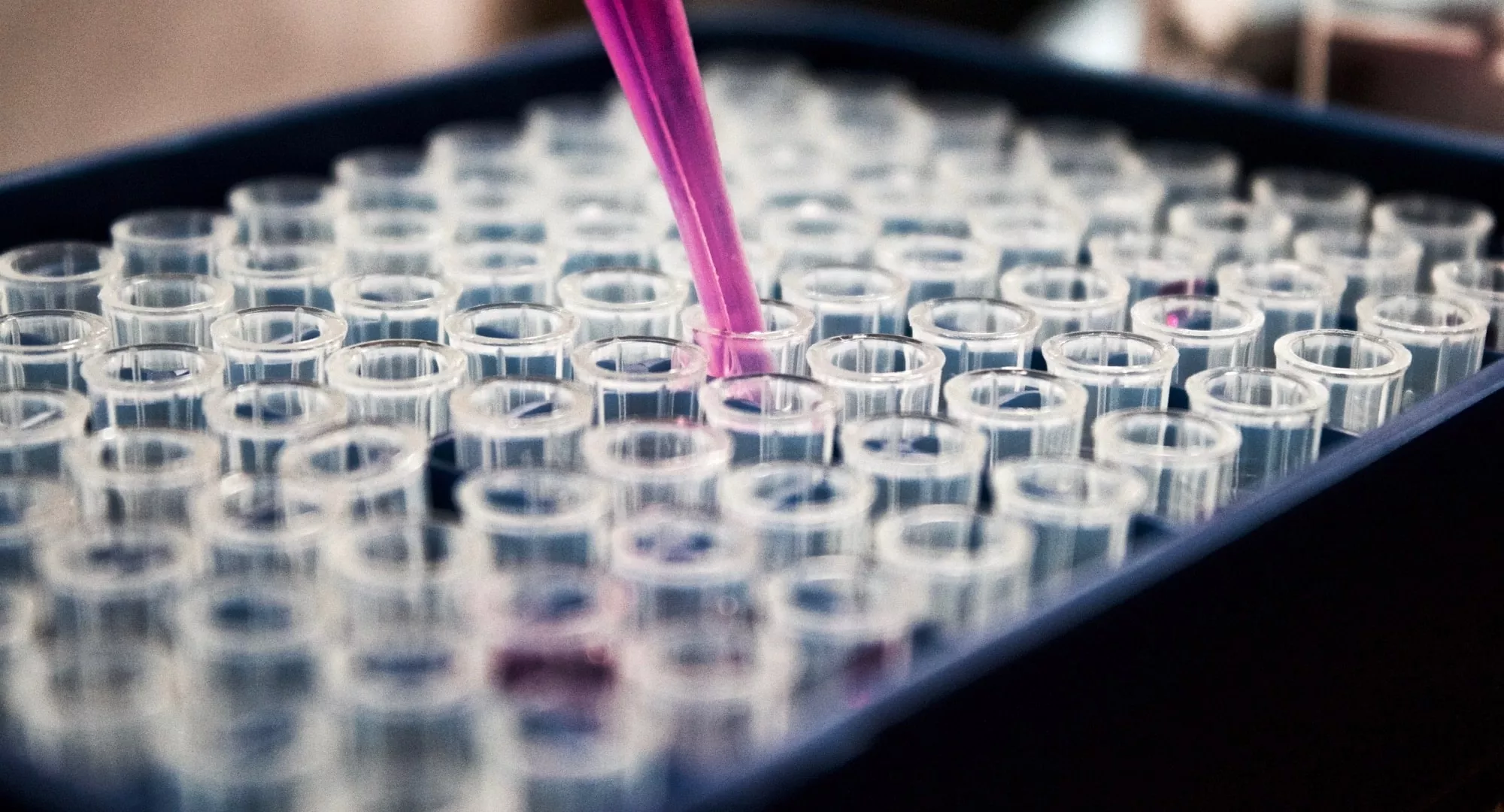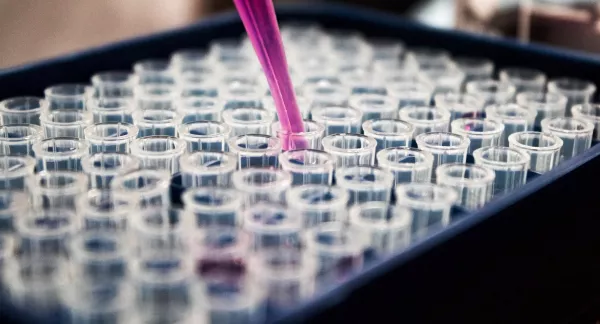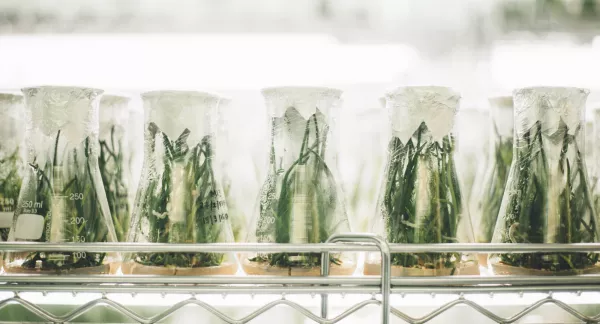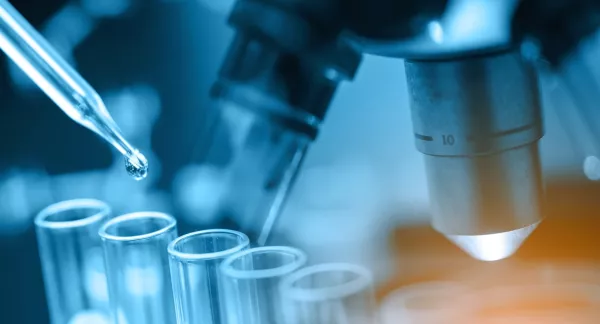
Investigating Coagulant Aid Alternatives to PolyDADMAC Polymers
Abstract
With the EPA considering regulation of nitrosamines, the drinking water profession needs alternatives to current cationic coagulants that minimize or avoid nitrosamine formation. This research took a four-pronged approach to evaluating alternatives to current cationic coagulants. First, this research evaluated at bench and pilot-scale the extent to which current polyDADMAC polymer dosages can be reduced to minimize nitrosamine formation, while maintaining removal of turbidity and humic materials. Second, the research evaluated at bench and pilot-scale synthetic alternative coagulants for their ability to promote turbidity and humic material removal while preventing or minimizing nitrosamine formation. Third, the project evaluated two types of natural polymers: starch and chitosan. Fourth, the research evaluated a novel alteration to polyDADMAC that may prevent nitrosamine formation while maintaining the characteristic functional group that has proven so effective for removal of turbidity and humic materials. Published in 2015.
A supplementary deliverable, Replacement of Alum With Natural Polymers: Impact on Settled Turbidity and Residuals Characteristics, is posted below under Project Papers. This supplementary deliverable was published in 2016.
In addition, two articles focused on this project were published in the June 2017 issue of Journal AWWA. The articles are posted below under Project Papers.
Resources
Journal AWWA: Evaluating Polymers to Avoid Polymer-Induced N-Nitrosodimethylamine Formation
This article appeared in the June 2017 issue of Journal AWWA and is posted with permission of the American Water Works Association. Cornwell, D. A., R. A. Brown, and S...
Journal AWWA: Replacement of Alum and PolyDADMAC With Natural Polymers—Turbidity Removal and Residuals Reduction Impacts
This article appeared in the June 2017 issue of Journal AWWA and is posted with permission of the American Water Works Association. Cornwell, D. A., and R. A. Brown. 2017...


